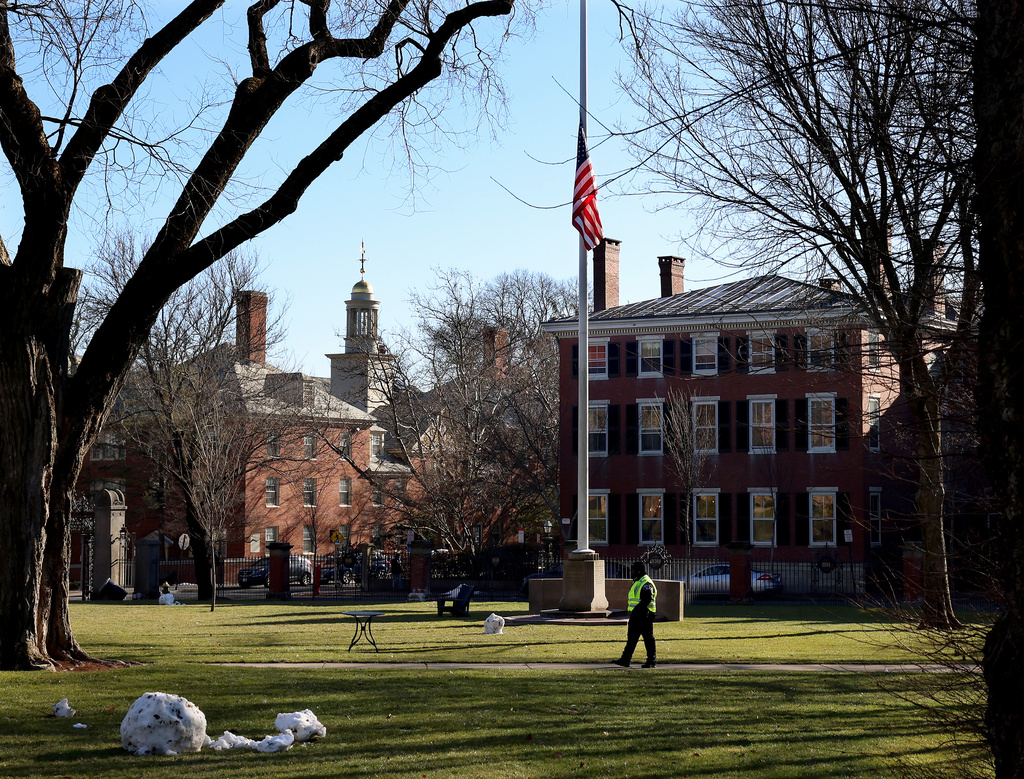One million COVID deaths goes beyond the loss of life.
It can be hard to grasp the sheer number of the grim milestone. Science shows our brains literally can't handle it. It's called psychic numbness.
One million lives is more than the entire population of the city of San Francisco or Austin, Texas.
It's about the same as the state of Montana, Rhode Island or Delaware being completely erased.
The disease is now the #3 leading cause of death in the U.S., according to the CDC.
California, Texas, Florida, and New York were among the states with the highest death counts.
Beth Jarosz is the program director in U.S. Programs at the Population Reference Bureau.
"People have lost loved ones. They've delayed marriages, they've delayed having babies, they've dropped out of the labor force, they've lost their support network," she said. "Some of those things will recover. You know, you can delay getting you can delay a wedding ceremony, but still get married. But a lot of those things aren't going to recover."
John DeLaure knows this. He used to share his Milwaukee home with his parents and sister.
All three died from COVID-19 over a four-week period at the end of 2021.
"I'm like the sole survivor from my immediate family," he said. "You know, like, I saw my parents, my sister like almost every day. We were like, a pretty close family."
Jarosz has been analyzing demographic trends for 20 years. She tells Newsy the impacts of loss are far reaching.
"If that person was another income earner in your household, you're not going to be able to, you know, recover that lost income in your household," she said. "People lost relatives who were helping to provide child care and all of the ramifications of those losses."
Those hardest hit: Black and brown Americans and individuals in lower paying jobs. Wealthier, lighter-skinned people had access to better health care, higher paying jobs and remote work, all of which were helped to reduce risk of death.
That trend could continue.
A new study shows the more people learn about racial disparities and COVID risks, the less they empathize with those vulnerable — even relaxing on safety precautions.
Looking at age, Jarosz says while the vast majority of deaths were people 65 and older, children will feel long-term impacts most of any age group.
"More than a quarter million children have lost a parent or caregiver, at least one parent or caregiver to COVID," she said. "Those adverse experiences can lead to lifelong emotional, behavioral health issues that are going to follow those children potentially for their whole lives."
This can mean higher public health and personal health care costs. Add to that people with long COVID.
"I don't know if its been 2 minutes or 200 years. I define life as BC — before COVID and then everything else," Amanda Finley said.
"Sometimes I just start crying out of nowhere — A grown man crying, because it's just so hard," Steve Sechler said.
The Government Accountability Office says as many as 23 million people may have faced long COVID as of February 2022.
And growing research is showing COVID-related health issues from diabetes to memory loss.
The exact longterm broader public health, social, and economic effects are unclear.
Johns Hopkins Bloomberg School of Public Health Epidemiologist David Dowdy tells Newsy one thing that is clear. He says that doctors, scientists and researchers are more prepared than ever before to help tackle what may come next.
"We have seen unprecedented collaboration across countries, across scientific disciplines, from the scientific and public health communities," he said.
He adds while waves of cases could continue, large numbers of deaths like what we saw in 2020 and 2021 are unlikely.




 Biden Marks COVID 'Tragic Milestone' In U.S. At Global Summit
Biden Marks COVID 'Tragic Milestone' In U.S. At Global Summit






